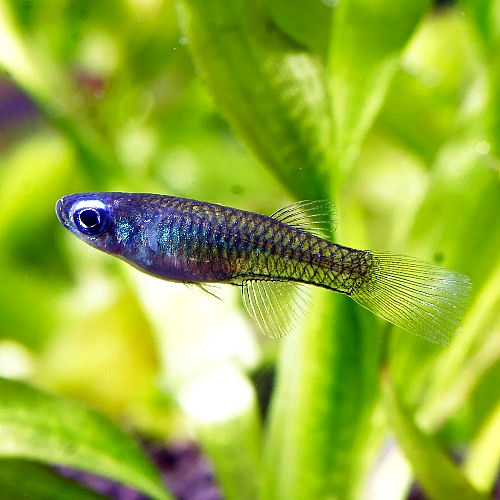🦀 Electric Blue Hermit Crab (Calcinus elegans)
🦀 Electric Blue Hermit Crab (Calcinus elegans)
Reef-Cleanup Crew • Algae Grazer • Scavenger • Reef-Safe Invert
📋 The Electric Blue Hermit Crab features vivid electric-blue legs and antennae, often contrasted with black banding or orange antennules. In the wild, it inhabits shallow tidal zones and coral rock crevices across the Indo-Pacific.
In the aquarium, it performs a valuable clean-up crew role: grazing green hair algae, sifting detritus, and assisting substrate turnover. However, owners should note its need for plenty of empty snail/triton shells for shell-switching, as failure to find suitable shells can lead to snail predation.
💡 Highlights
✨ Bright electric-blue legs and antennae: vibrant color for reef setups
⚪ Excellent micro-cleanup crew: grazes algae and detritus
📏 Compact size (~2″): fits nano to medium reef tank setups
✅ Reef-safe with caveats: generally safe but monitor shell behavior
🦀 Uncommon color variant: adds a splash of color to invertebrate displays
🧾 A Quick Look at the Electric Blue Hermit Crab
📛 Common Name: Electric Blue Hermit Crab
🔬 Scientific Name: Calcinus elegans
👨👩👧 Family: Diogenidae (or Paguroidea / Hermit Crabs group)
🌍 Origin: Indo-Pacific
📏 Max Size: ~5 cm (≈ 2″)
💧 pH Range: 8.0–8.5
🌡️ Temperature Range: 22–26 °C (≈ 72–79 °F)
🧠 Care Level: Easy to Moderate
💖 Temperament: Peaceful scavenger (can compete for shells)
🪸 Reef Safe: ✅ Generally reef-safe
🏠 Min Tank Size: ~100 L (~25 US gallons) for one or a small group
📌 Tank Level: Bottom to Mid
🧬 Captive Bred: ❌ No
🌿 Wild Caught: ✅ Yes collected from wild reef systems
⏳ Lifespan: Up to ~10-20 years in stable reef conditions
🍽️ Diet: Omnivore / Herbivore deposit feeder (macro-algae, detritus, leftover food)
🐣 Reproduction: Marine larval drift; not widely bred in hobby
















